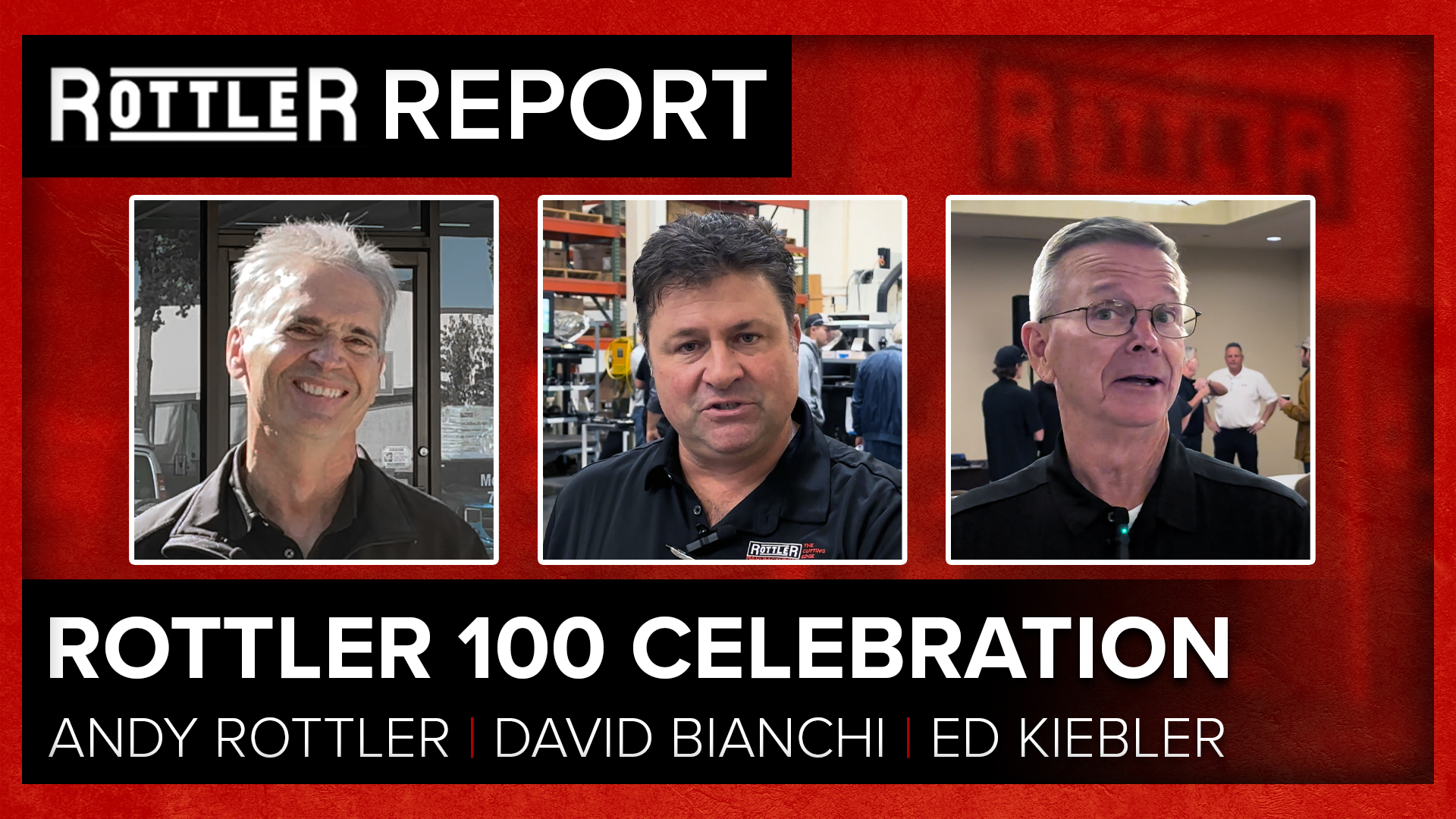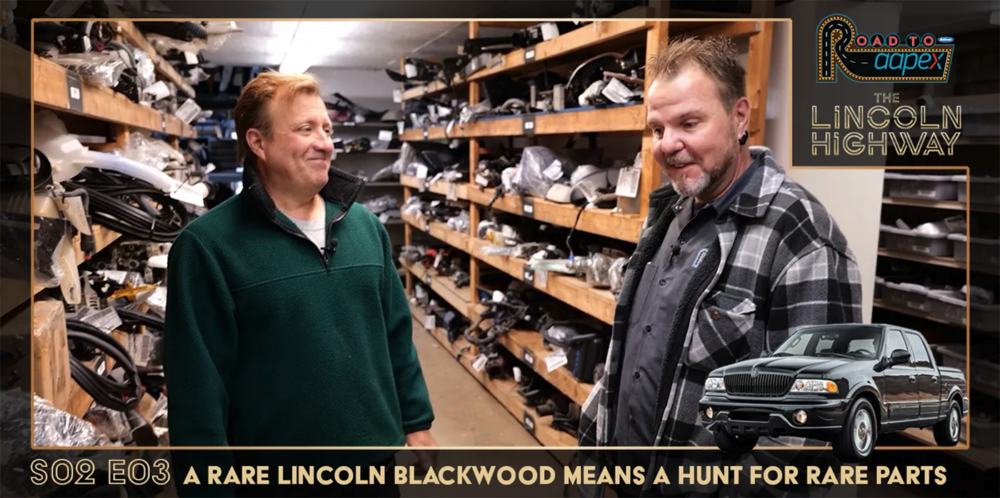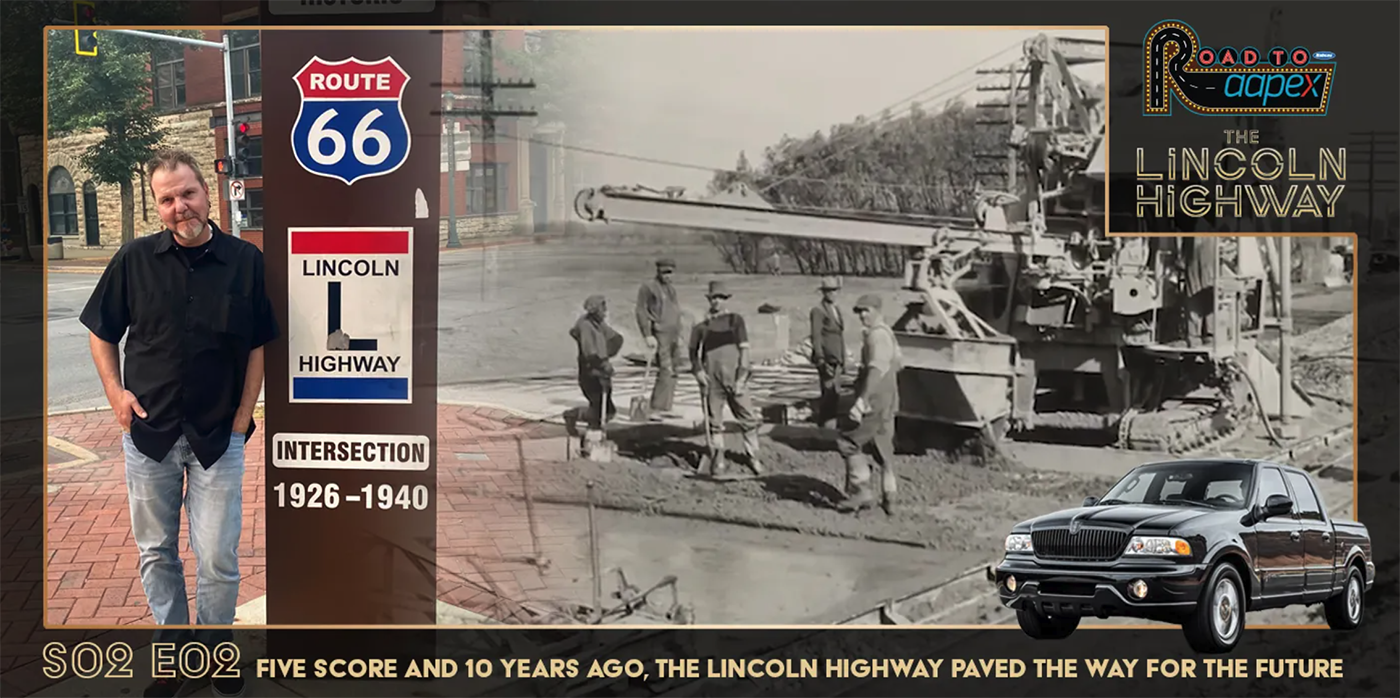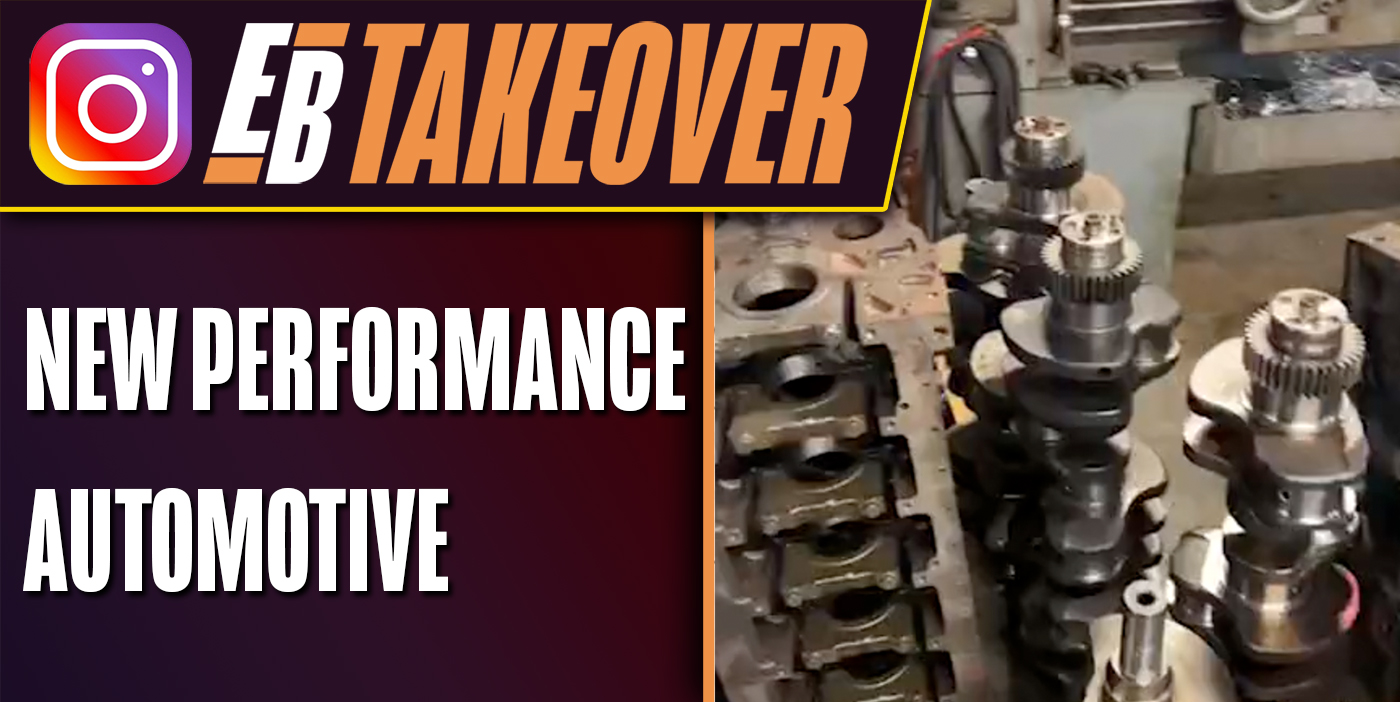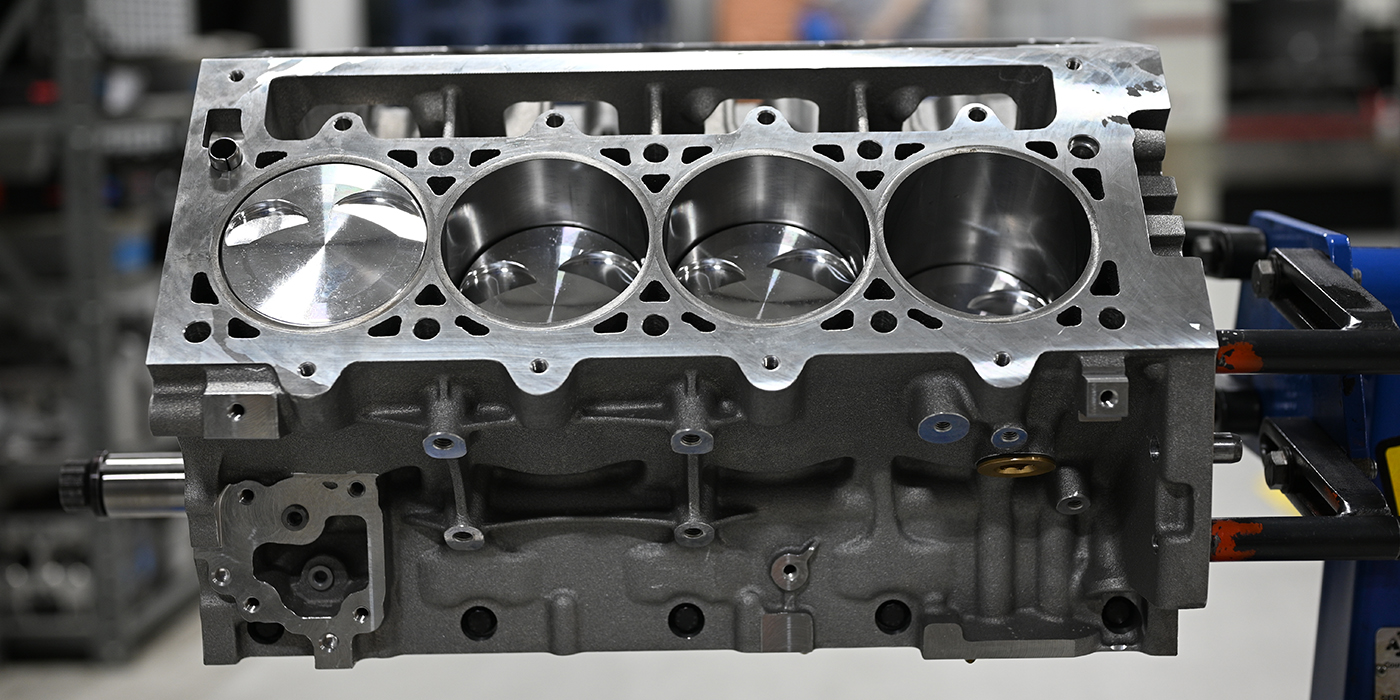The old saying goes, “A picture is worth 1,000 words.” Well, in the world of social media, that same picture is not just worth 1,000 words, but could also be worth thousands of dollars in new business for your engine shop. By now you’ve likely seen our features on setting up and utilizing Facebook for your business. Next on our ‘to-do list’ is an introduction to Instagram for those of you who haven’t started utilizing this social media platform.
Instagram is owned by Facebook, which is an important thing to note as the two social medias can be linked and used in conjunction with one another, saving you time while posting, and giving your brand a similar look across both platforms.
When most people think of Instagram, thoughts of celebrities like the Kardashians, Instagram models and athletes might come to mind. Yes, those people use Instagram, but you’ll never see them on the platform unless you choose to follow them. What you will find, once you dive into the Instagram world, are a large number of engine and machine shops already using Instagram to their advantage, as well as a large automotive and engine enthusiast following that is highly engaged.
Engine Builder magazine started its Instagram page just three years ago, and it is now our biggest audience. Period. We have upwards of 41,000 followers today. The next closest audience sizes are our print magazine at 14,500 and our Facebook at 12,600. Yes, our website gets a bunch of traffic, but Instagram allows us to target the people who chose to specifically follow us and engage with our content.
The point being, there is plenty of opportunity for engine and machine shops to post and share content on Instagram and earn a following that will engage with you and eventually lead to increased business.
Step one of course, is setting up an account.
As I mentioned earlier, Instagram is a Facebook company, so the two are linked and new users can create a log-in via Facebook, or you can create a new username and password. You’ll want to either set up a personal account or a business account. I suggest a business account as it includes more features such as insights, which are beneficial to how you post content.
From there, its really pretty simple. Everyone’s Instagram page follows the same template. You will need to select an image to be your featured photo, such as your shop’s name or logo, and you’ll want to fill out a short bio about the shop, preferably with a link to your website.
This is also an opportunity to add your contact info and location. I’ve noticed some shops don’t include this info, and I personally find it an annoyance. Rather than making it easy for a potential customer to give you a call or know where you’re located, they now have to attempt to Google your shop. Depending on the person and their desire to reach you, it’s very likely you just missed out on an opportunity because your phone number and location weren’t listed. My advice is to have that info handy.
With those two things completed, your page is now up and running! Just like on Facebook, you’ll want to post pictures of your team, your shop, the engines you’ve been building, parts and machinery – the list is long. The big difference between Instagram and Facebook is the interface. Instagram is meant to be quick hitting and fun. Posting links and long-form videos are more difficult to use here than on Facebook. So be wary of what you post and how users can interact with your post.
On Instagram, you’ll want to make sure you’re utilizing tags and hashtags with your posts so audiences of those tags and hashtags know you’re posting content that might interest them. After a short while, you’ll get the hang of it. You’ll find your voice on Instagram and the best ways to use it for your business.
Next time, we’ll dive deeper into Instagram tips and tricks, but until then – Happy posting!

